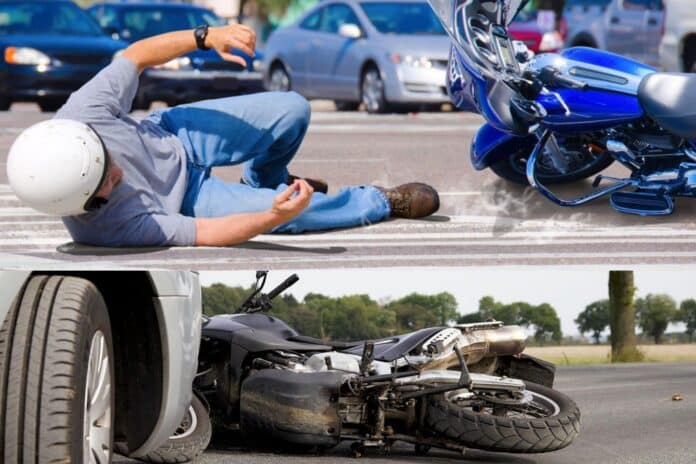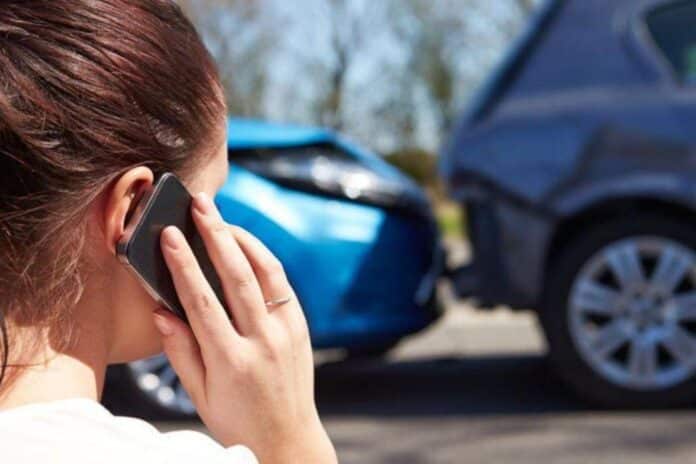Basically, car accidents occur in the U.S. due to several factors, such as alcohol impairment and speeding. If you’ve been injured in a car accident, the burden of proof rests on you and your legal professional. The judge and jury need to be convinced beyond reasonable doubt that the at-fault party is completely liable for all the pain and damages you’ve suffered.
In this blog post, we’ll be giving you a breakdown of the four essential elements you’ll need to prove in a car accident case.
The Four Elements of Negligence in a Car Accident Case
Here are the four elements you’ll need to prove in a car accident case:
Duty of Care
As soon as you get behind the wheel, you must drive within the speed limit, obey traffic laws, and maintain a safe distance from other vehicles. In simpler terms, you should operate your vehicle like a responsible person would under similar circumstances.
Breach of Duty
Next, you need to prove that the other driver breached this duty of care. This breach could manifest in various ways, such as speeding, reckless driving, distracted driving (texting, talking on the phone, etc.), driving under the influence, or failing to yield the right of way.
Without solid evidence (and a competent lawyer), you might have a hard time proving this, especially if the defense has a strong attorney on their side.
Causation
The court must see a clear connection between the other driver’s breach of duty and your injuries or damages. This means proving that the accident wouldn’t have happened if the other driver had acted responsibly.
For instance, if you were rear-ended at a red light by a driver who was texting, the cause is likely clear. If this happened on a busy road with other witnesses, you won’t have a hard time convincing the judge or jury.
Damages
After proving all of the above, the court will also need to see the damages you’ve suffered as a result of the accident. Damages can be categorized into two main types:
- Economic Damages: These are quantifiable losses with a clear monetary value. Examples include medical bills, lost wages, car repairs, or property damage.
- Non-Economic Damages: These intangible losses can be more subjective to assess. They can include emotional distress, pain and suffering, long-term disability, and loss of enjoyment of life.

The Evidence You Will Need
You need to present evidence that convinces the court that it’s more likely than not that your version of events is true. Evidence can come in various forms, including:
- Police reports: These document the accident scene, witness statements, and the investigating officer’s observations
- Medical records: These indicate the severity of your injuries and the medical treatment you have received
- Witness testimonies: Eyewitnesses can provide valuable accounts of the crash and the actions of the drivers involved
- Photographs: Photos of the accident scene, your injuries, and vehicle damage can visually support your claims
- Expert opinions: Accident reconstruction experts can analyze the scene and provide insights into how the accident occurred
The Power of Legal Representation
Your lawyer plays the primary role in all of this. While you focus on recovery, they become your legal wingman, gathering evidence to build a strong case and negotiating with the insurance company effectively or with the at-fault party in your best interest.
You must choose a lawyer who is devoted to your cause and has the expertise required for your car accident case. A lawyer with both qualities is a powerful weapon against the at-fault party and their defense counsel.




